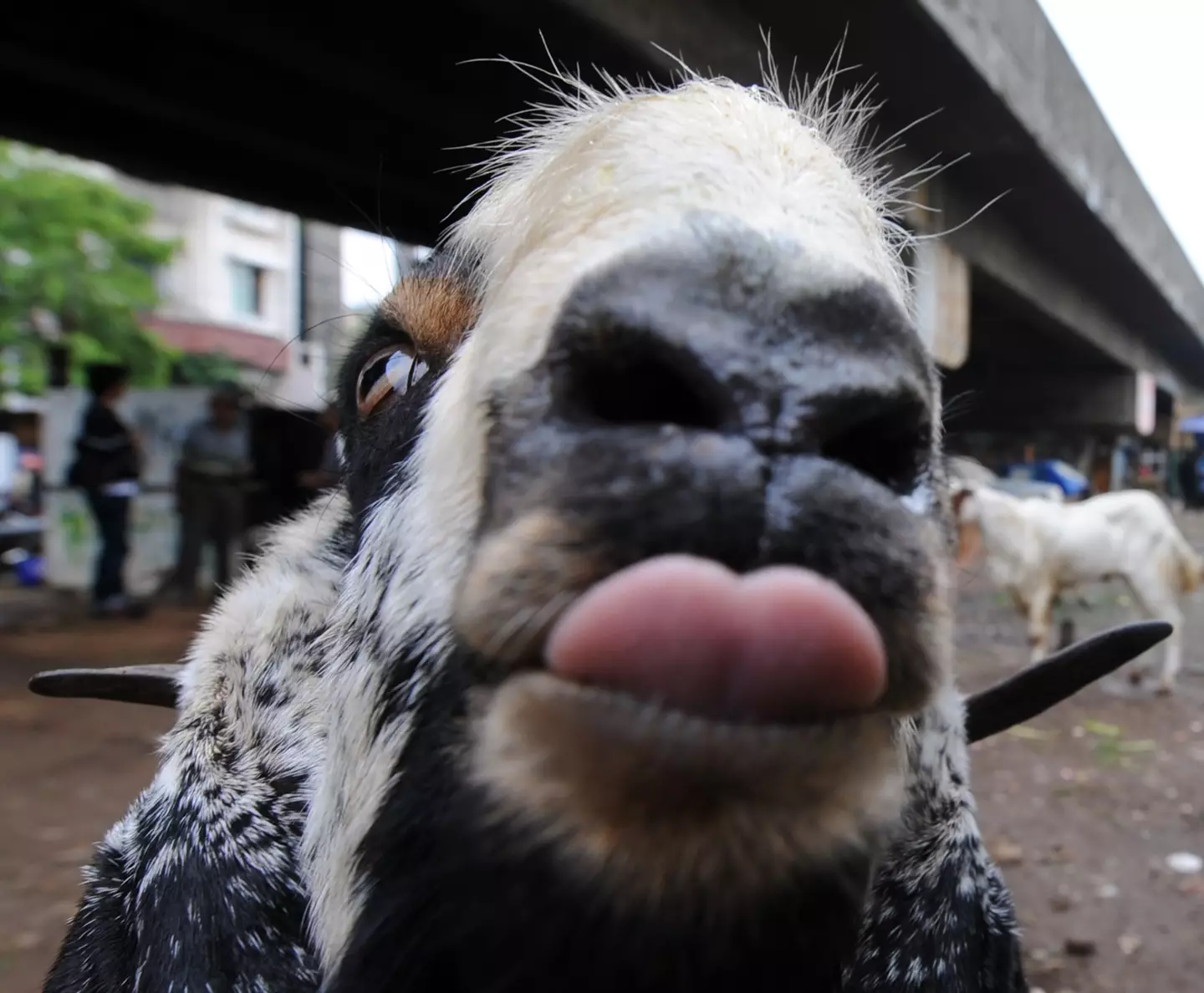If history teaches us anything about humanity, it’s that we’ve always had a knack for dreaming up bizarre and horrifying ways to inflict pain. From elaborate contraptions like the infamous Iron Maiden to simple yet effective methods such as drawing and quartering, humans have demonstrated a gruesome creativity when it comes to torture. But among the strangest—and perhaps most unsettling—methods is one that relied not on tools of steel or fire, but on a goat’s tongue.
Yes, you read that right. This torture method, often referred to as the “goat’s tongue,” was a cruel and unusual punishment that combined simplicity with excruciating pain. Let’s dive into the chilling details of this peculiar practice and why it stands out as one of the most grotesque methods in history.
The Simplicity of the Goat’s Tongue Torture

What makes the “goat’s tongue” so remarkable is its simplicity. Unlike other methods that required elaborate machinery or a team of tormentors, this one needed only a bucket of saltwater, a goat, and a helpless victim.
The process began with the victim’s feet being soaked in saltwater. The saltwater served two purposes: it softened the skin and made it irresistibly tasty to the goat. Once the victim’s feet were prepped, they were tied down, ensuring they couldn’t escape. Then came the goat, which would eagerly lick the salt-covered soles of the victim’s feet.
At first, it might sound more like a peculiar prank than a method of torture. After all, having your feet licked by a goat might tickle. But the horror of this method lay in its persistence. Over time, the goat’s relentless licking would begin to wear away the skin, leaving the victim in agonizing pain.
The Painful Progression of Goat’s Tongue Torture
The idea of a goat licking your feet might seem harmless, but consider the anatomy of a goat’s tongue. Coarse and rough, it’s designed to strip leaves from branches and grass from the ground. Now imagine that rough surface rasping against the delicate skin on the soles of your feet for hours—or even days.
As the skin wore away, the victim would experience unbearable pain. The exposed flesh beneath the skin would become raw and inflamed, and the risk of infection skyrocketed. In ancient times, when medical knowledge was rudimentary at best, an infected wound often meant a death sentence.
What started as a ticklish sensation would escalate into pure agony, as the goat’s persistence ensured that no patch of skin remained untouched. For some, the torment was psychological as much as it was physical. The inability to move, combined with the sensation of the goat’s tongue and the knowledge of what was happening, must have driven many victims to despair.
The Origins of the Goat’s Tongue Torture
The “goat’s tongue” torture method is believed to have originated in Ancient Rome, though it may have been used in other cultures as well. Historical documents condemning the use of torture make mention of this bizarre practice, highlighting its inhumanity.
In the context of Ancient Rome, where creative punishments were often devised to make examples of criminals or enemies, the goat’s tongue was just one of many ways to inflict suffering. However, its reliance on infection and slow degradation of the body made it particularly insidious.
Why Infection Was the Real Killer
In a time before antibiotics, infection was one of the most common causes of death. Once the goat’s relentless licking had stripped the skin from a victim’s feet, open wounds were left vulnerable to bacteria. The goat’s own saliva likely introduced pathogens into the wounds, further exacerbating the risk of infection.
Even if a victim survived the initial torment, the aftermath could be just as fatal. Walking on damaged feet was nearly impossible, and in an era where mobility often equated to survival, this would have left victims in a dire situation.
Psychological Torment of Goat’s Tongue Torture

Beyond the physical pain, the “goat’s tongue” method carried a heavy psychological burden. The ticklish sensation at the start of the ordeal could lull the victim into a false sense of security, only for the escalating pain to become unbearable. The knowledge that such a simple and seemingly harmless animal was the instrument of their suffering likely added to the mental anguish.
Victims would also face the hopelessness of their situation. Tied down and unable to escape, they were at the mercy of an unrelenting goat, with no way to stop the torment.
The Legacy of This Grotesque Method
Thankfully, the “goat’s tongue” torture has long been consigned to history books. Its simplicity and cruelty make it a chilling reminder of the lengths to which humans have gone to inflict pain on one another. While we often associate torture with complex devices or dramatic executions, the “goat’s tongue” proves that even the most unassuming elements—like a farm animal and some saltwater—can become tools of horror.
A Reminder of Humanity’s Dark Past
The “goat’s tongue” torture method is a testament to the darker side of human creativity. It’s a macabre example of how even the most benign elements of life can be twisted into instruments of pain. While it’s easy to dismiss such practices as relics of a barbaric past, they serve as a reminder of the capacity for cruelty that resides within us.
As strange and horrifying as it may be, the story of the “goat’s tongue” is an important chapter in the history of torture—one that underscores the ingenuity and brutality of humanity in equal measure. Let’s be thankful that such practices remain in the annals of history, serving only as a grim reminder of a time when even a goat could become an agent of suffering.


